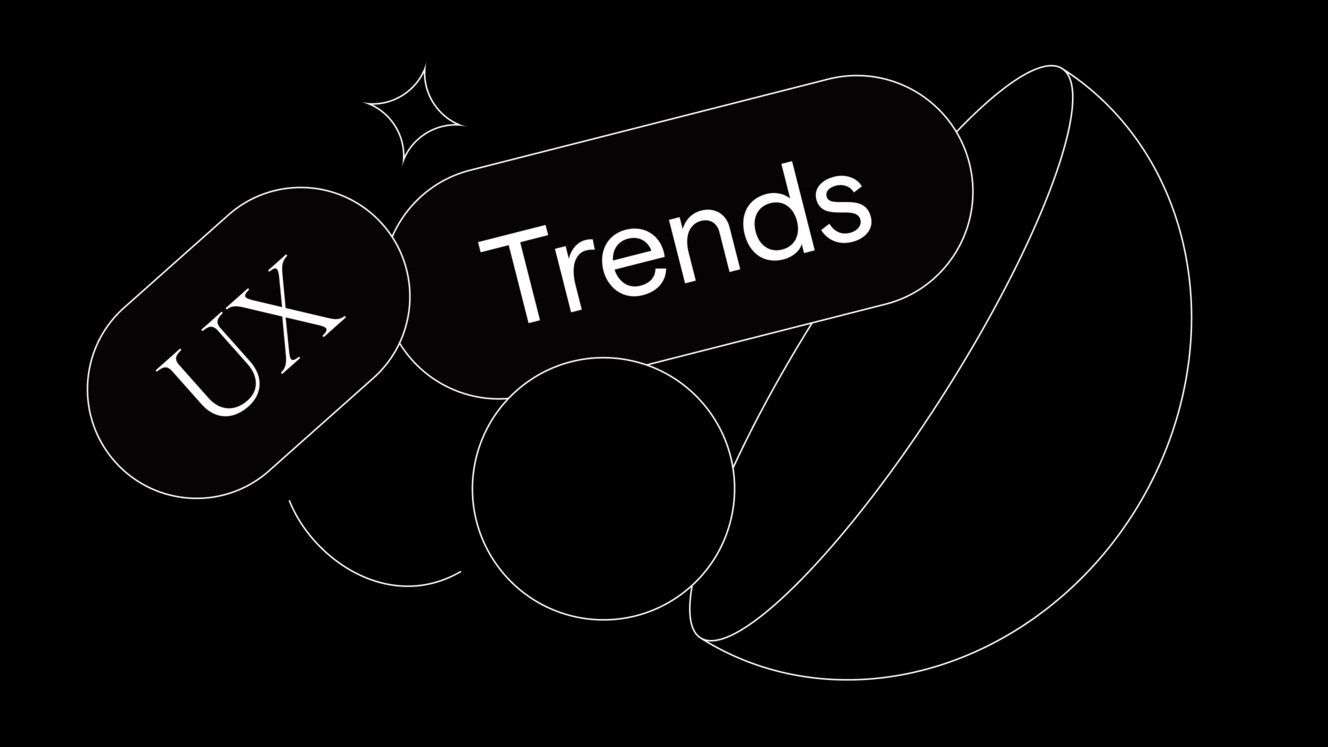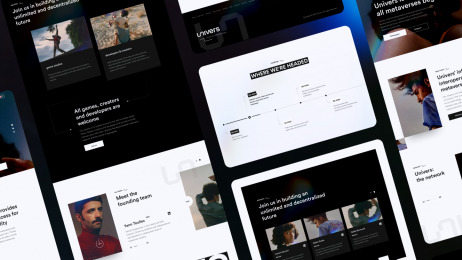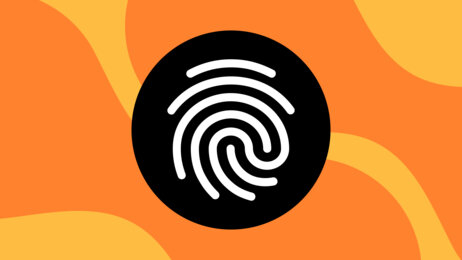
Jakub Borysiuk
-
Jun 10, 2024
-
7 min read
Top UX trends
Every year, we experience new trends in various markets, and this is totally normal because we live in the digital era, where everything changes very quickly, and new things appear even quicker. And, to be an exceptional expert in your field, you must keep up with them. That is why here, we will discuss the key trends that shape the user experience landscape nowadays. Also, if you would like to learn more about trends from the UI design perspective, we recommend you check out our recent article on this matter.
Now, let’s dive into the trends shaping the UX design landscape.
Accessibility – more important than ever
The industry has become increasingly aware of this trend due to the large number of users with different limitations. That is why accessibility is now one of the top priorities for all companies with digital products. Moreover, because of demographic changes, there will be more elderly users, so companies must adapt to this situation by implementing more accessibility features.
Going further, the European Accessibility Act, set to be enforced in 2025 (exactly a year from now), underscores the urgency of this shift. UX designers are now or will be tasked with ensuring that digital products are usable by everyone, regardless of their abilities. This includes incorporating features such as screen reader compatibility, keyboard navigability, and high-contrast visuals. The push for accessibility is not just a regulatory requirement but also a moral imperative, ensuring equal access to technology for all users.
If you want to learn more about this matter, check out our article, which focuses more on digital accessibility and its importance.
Complex design systems
Now, let's dive into the trend that has become increasingly popular over the past two years. Design Systems are collections of rules, tools, and processes that simplify digital product design, construction, and development. In practice, they are libraries of different components that combine design, code, and knowledge of how to use them.
To learn more about the design system and its dos and don'ts, check out our Digital 101 page with a dedicated article.
Design systems become increasingly complex as design software develops. For example, Figma introduced tokens in 2023, which allowed for more advanced DS logic and greater automation.
Going back to the complex design systems, their evolution led to the emergence of specialised roles focused solely on managing these systems. For example, an increasing number of companies now have UX designers who prepare the final design based on the design system. In contrast, UI designers focus exclusively on developing the design system. Before the rapid rise of complex design systems, it was pretty different. The effect of UX designers' work was wireframes, often in greyscale, reflecting usability and UI designers were responsible for creating final mockups with polished visuals.
No-Code solutions
The no-code movement is revolutionising web development, making it more accessible to non-developers and especially making life easier for developers. Webflow has gained popularity for simple web projects, allowing designers to create responsive websites without writing code. The trend is further highlighted by Figma's acquisition of Dynaboard, which can signal a convergence of design and development tools.
Artificial Intelligence
Of course, artificial intelligence is here, like it is everywhere else within the digital world, shaping the future with its new solutions. Artificial intelligence is transforming UX design in several ways. For example, UX enhancers – AI-powered features designed to make it easier to use an existing product or improve the overall user experience in some way. Also, tools like ChatGPT are being integrated into design workflows, offering creative solutions and streamlining content creation (as for Figma integration, you can write a prompt and chatGPT will design something for you).
Going further, conversational user interfaces (CUIs) powered by AI are becoming more common, providing users with interactive and intuitive experiences. Additionally, AI-driven hyper-personalisation tailors content and recommendations to individual users, enhancing engagement and satisfaction.
Continued growth of Figma
When discussing the biggest and most recognisable tool in the UX design world, you must mention Figma and its brilliant solutions and new features. Figma continues to dominate the design tool market. If you check what programs companies require from designers, you'll find that most, if not all, require proficiency in Figma as the primary tool rather than others, like Webflow, which is also gaining popularity right now. Figma has become the standard in the market, and companies that previously used other, older tools such as Adobe XD or Sketch are also transitioning to Figma. What is more, Figma recently integrated Dynaboard, which will help reduce the gap between design and development and increase Figma’s position.
Mastering Figma's capabilities is essential for UX designers, and nothing indicates that it will change anytime soon. However, its ongoing evolution makes it an even harder tool to comprehend for new designers as they have to spend more time learning how to use it properly with up-to-date practices. The tool offers a comprehensive platform for collaborative design, prototyping, and development. Its flexibility and user-friendly interface make it a staple in modern design processes.
To learn more about Figma and its dos and don'ts, check out our Digital 101 page with a dedicated article on this matter.
Summary
The UX industry is constantly evolving, which is why multiple new trends enter the industry each year and change the way UX designers work and develop their products. However, for every designer out there – you have to keep in mind that keeping up with trends is the way to grow as an expert and create meaningful and impactful digital experiences in this ever-evolving field. So, this article was created to give you a broader perspective into what is now a big thing in the UX design world and what you should focus on to take your expertise to the next level. But it does not mean it is all – remember to stay up-to-date with the latest features, solutions and news from the industry to remain competitive in the market.



















